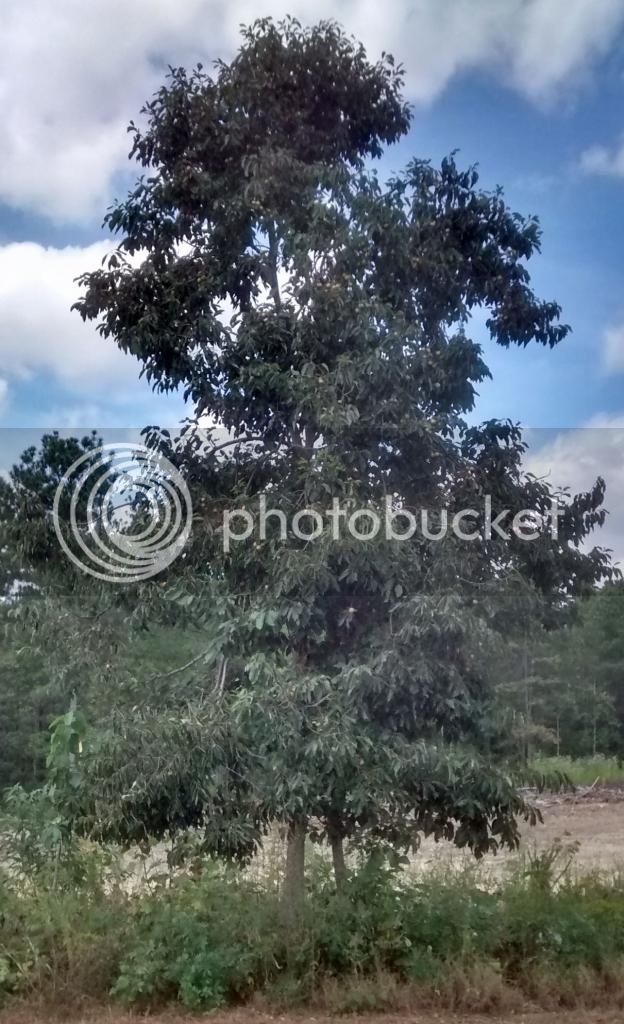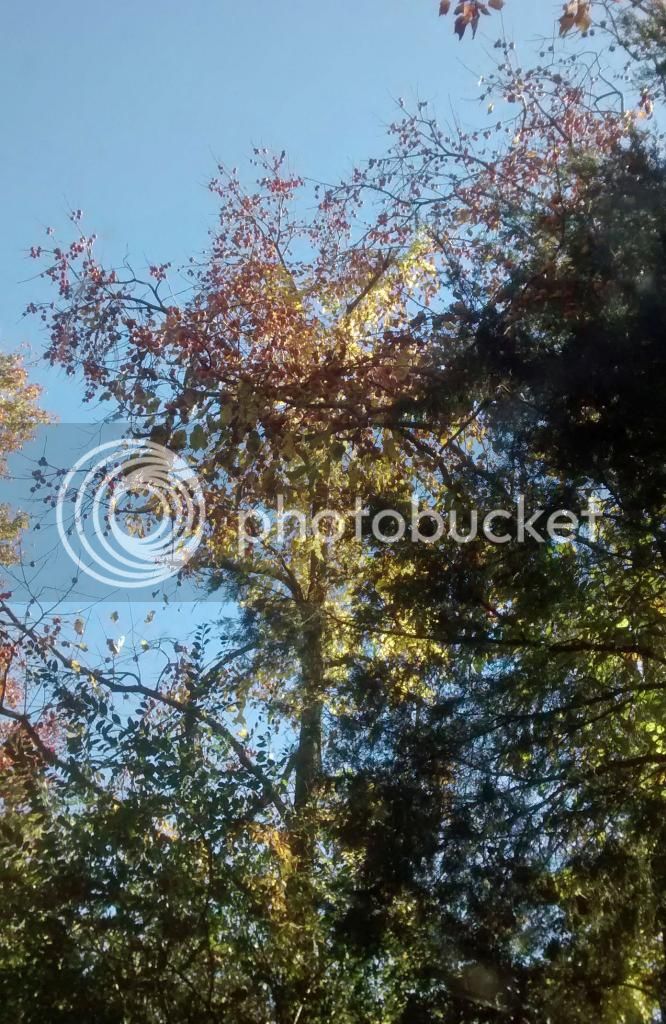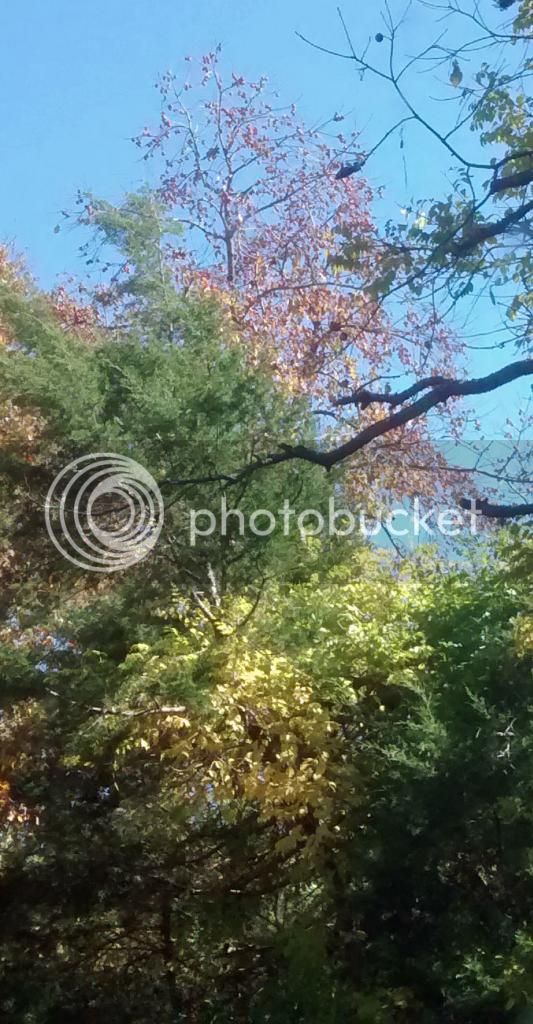yoderjac
5 year old buck +

For those I sent scions to, here is a picture of Charlie's Persimmon. Most of the persimmons are green and hard to see, but a few have ripened early and fallen. I ate my first one of the season today and it was quite tasty. I will try to keep an eye on the tree and let you all know when the drop period ends.
I also fought the yellow jackets and picked up all the persimmons I could find on the ground. I plan to extract and stratify these seeds and see if they perform any differently than the northern strain seeds I bought from England's.
On another note, I continue to be amazed at how hard it is to identify persimmon trees. We have some other tree (don't know what it is) that looks very similar to a persimmon. I look hard every spring at first leaf-out and when they go into bloom because these stages seem to be unique.
Well, to day I found another young female persimmon bearing heavily. This has to be the first year it produced. It is in an obvious enough place that I'm sure I would have seen if it had fruited before. I'm shocked I did not see the bloom this spring! At any rate, I flagged it and will release it further this winter.
Thanks,
Jack


